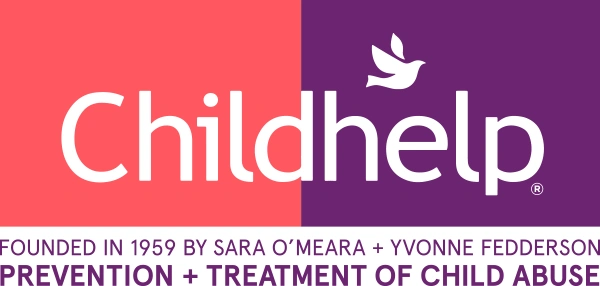Although there are many formal and acceptable definitions of child abuse, the following is offered as a guide for information on child abuse and neglect.
Child abuse consists of any act of commission or omission that endangers or impairs a child’s physical or emotional health and development. Child abuse includes any damage done to a child which cannot be reasonably explained and which is often represented by an injury or series of injuries appearing to be non-accidental in nature.
Forms of Child Abuse
Physical abuse
Any non-accidental injury to a child. This includes hitting, kicking, slapping, shaking, burning, pinching, hair pulling, biting, choking, throwing, shoving, whipping, and paddling.
Sexual abuse
Any sexual act between an adult and child. This includes fondling, penetration, intercourse, exploitation, pornography, exhibitionism, child prostitution, group sex, oral sex, or forced observation of sexual acts.
Neglect
Failure to provide for a child’s physical needs. This includes lack of supervision, inappropriate housing or shelter, inadequate provision of food and water, inappropriate clothing for season or weather, abandonment, denial of medical care and inadequate hygiene.
Emotional abuse
Any attitude or behavior which interferes with a child’s mental health or social development. This includes yelling, screaming, name-calling, shaming, negative comparisons to others, telling them they are “bad, no good, worthless” or “a mistake.” Furthermore, the failure to provide the affection and support necessary for the development of a child’s emotional, social, physical and intellectual well-being. This also includes ignoring, lack of appropriate physical affection (hugs), not saying “I love you,” withdrawal of attention, lack of praise and lack of positive reinforcement.
For additional information regarding signs and symptoms of child abuse, view the What is Child Abuse page.
What do I do if I think someone is abusing a child?
If a child discloses that he or she has been abused by someone, it is important that you listen to them most of all.
- Ask ONLY four questions
- What happened?
- Who did this to you?
- Where were you when this happened?
- When did this happen?
Asking any additional questions may contaminate a case!
DO NOT
- Investigate
- Ask leading questions (a question that suggests the answer or contains the information the questioner is looking for – That man touched you, didn’t he?)
- Make promises
- Notify the parents or the caretaker
DO
- Provide a safe environment (be comforting, welcoming, and a good listener)
- Tell the child it was not his/her fault
- Listen carefully
- Document the child’s exact quotes
- Be supportive, not judgmental
- Know your limits
- Tell the truth
If you suspect abuse, but a child has not disclosed to you, call 1-800-4-A-CHILD. Or counselors can talk through the situation with you and help decide what the best course of action is.
